Kilimanjaro vs Everest Base Camp trek, both Mt. Kilimanjaro and Mt. Everest Base Camp are the ultimate destinations for any trekking enthusiast who loves the conquest of high-altitude trails.
Despite the unsettled comparison of Kilimanjaro vs Everest, trekking on both of these magnificent massif regions is highly sought out for.
Both of these high-altitude regions are fascinating and have their own specialties. Trekking in Kilimanjaro takes you to the top of Africa, whereas, the Mt. Everest Base Camp trek is the conquest of the foothills of the mightiest mountain in the world.
The expedition in the Everest region takes travelers to the Himalayas passing through and across the high-mountain snowy sections that are not found anywhere in the world.
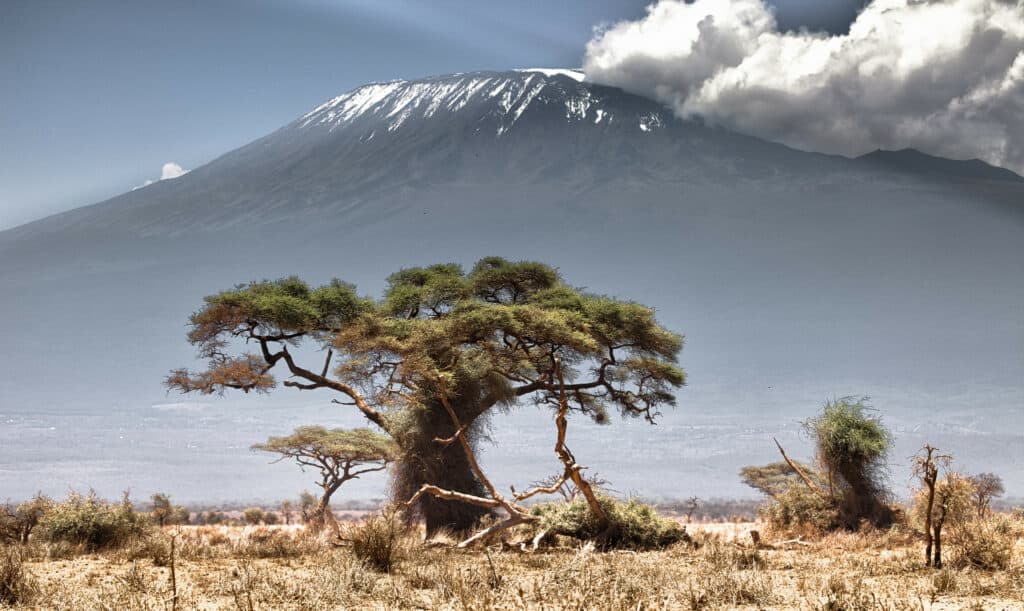
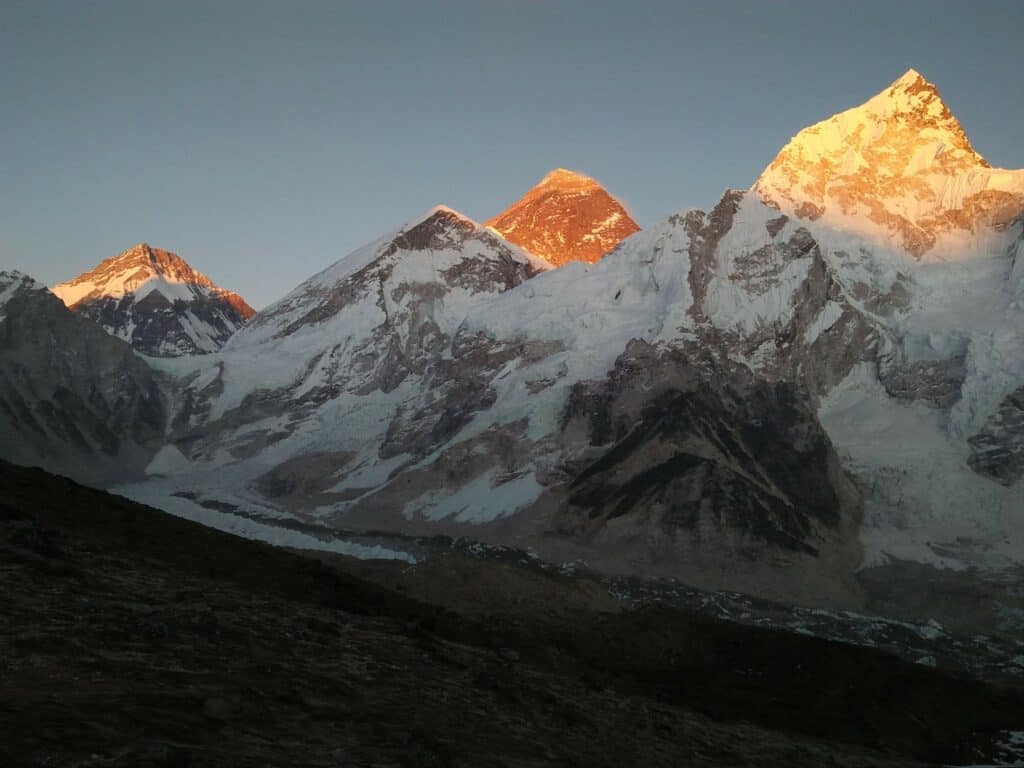
In contrast to that, the adventure in the Kilimanjaro region is based around the high-scenic grassland and savannas. If you are here, it means that you are making a serious consideration about the next adventure at the highest altitude in the Himalayan region or to the top of Africa. Truth to be told, there is no clear winner, it all comes down to what kind of adventure you are looking for.
Here, we have made a Kilimanjaro Vs Everest comparison considering several factors of the expedition. We believe that you will come to a decisive conclusion after going through the comparison to set down the victory flag of your next conquest.
Table of Contents
Kilimanjaro Vs Everest Base Camp- Difficulty Level
Let’s kick start the comparison with the difficulty level of each region. There are several significant factors that determine the difficulty level of a region:
1. Altitude
The Everest base camp on the south side of Mount Everest which is at an elevation of 5,364 m is one of the most popular routes in the Himalayan region. Whereas, the top of the Tanazania’s highest mountain is at an altitude of 5,895 m. In the altitude comparison, the highest snow-capped wonders don’t fall that far apart. Conquest in both of these regions requires ascending to the highest points on the Earth with proper time to adjust the body with acclimatization.
2. Time-Frame
The Mt. Everest base camp trek which undoubtedly the most popular trek to the Himalayan region in Asia and arguably, the best in the world. The time-frame required to conquer the foothills of the tallest snow-capped wonder in the world, in general, takes around 14 days.
But, don’t be mistaken, the famous trekking route of Nepal offers varieties of trekking itineraries tailored to fit the expedition of every trekking enthusiast. You can have your pick from several package deals like:
- Everest View Trekking (10 days)
- EBC Trek and Introduction to Sherpa Culture (14 days)
- Gokyo-Lake and Gokyo-Ri Trek (Approx 18 days)
- EBC Luxury Lodge Trek (12 days)
- EBC Trek through Gokyo-Lakes and Cho-La Pass (Approx 20 days)
- Two Extra Nights at EBC (16 days)
- EBC High Passes Trek (22 days)
- EBC Trek and Fly Back (11 days)
On the other hand, the trekking in the Kilimanjaro region lasts from 5-10 days. As the trekking takes place in the highest altitude points with frequent ascent. It is recommended that the more time trekker spend to acclimatize to the environment, the higher probability of them successfully conquering the peak.
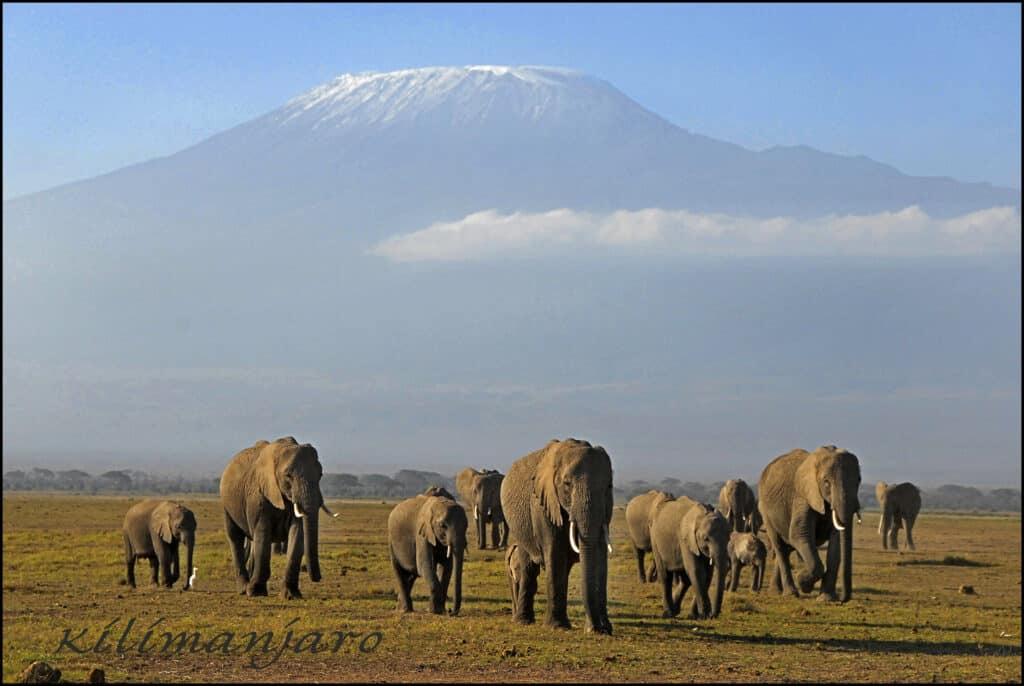
3. Trekking Distance
Like there are alternative packages to choose from, the trekking routes in the Everest region also do vary depending upon the specialty of the trekking package. The classic trekking routes in the EBC trekking commence from Lukla. It is around 65 km (40 miles) distance from Luka to Everest Base Camp.
The returning route can differ if you have selected any side attraction packages that explore the culture and the other specialty of the Himalayan region. Thus, the general trekking and most basic trekking of Everest covers 130 km (80 miles) including the journey back to the starting point.
Similarly, trekking to the top of Africa has several alternatives and routes to choose from. The route passing from Umbwe is considered the shortest route in the conquest of the Kilimanjaro mountain. But, although it is the fastest route option available, it is also the most steepest route of them all.
So, if you are not equipped with the right gears or are up for the challenge through the steep upbeat bath you should consider other available routes. The estimated distance of the trek from Umbwe to the base camp is approximately 37 km (23 miles). There are also other variant routes like:
- Shira 67 km (42 miles)
- Rongai and Marangu 64 km (40 miles)
- Lemosho 56 km (35 miles)
- Machame 49 km (30 miles)
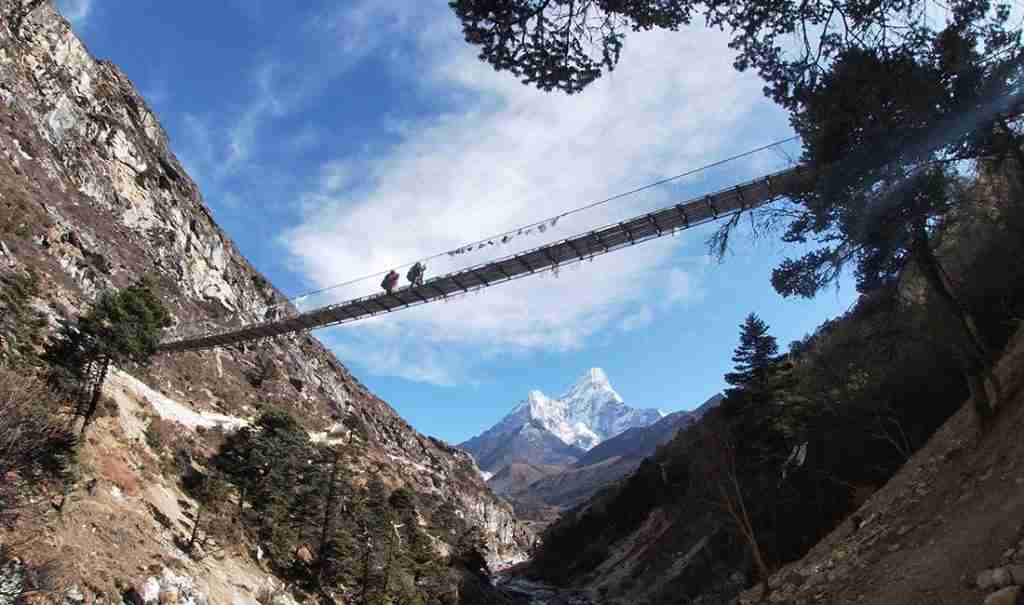
4. Elevation Jump
The adventure in the magnificent Himalayan region with an average time frame of 12 days takes you through several elevation jump points. The journey of the Himalayan region begins at Lukla, the gateway to Everest at an elevation of 2,800 m (9,200 feet). Whereas, the peak elevation is at the Everest Base Camp, 5,364 m (17,598 feet) elevation from the sea level.
Thus, you will be ascending and jumping at an elevation of approximately 2,564 m (8,412 feet); taking 8 days to go up with slow ascend and proper acclimatization. But, rest assured, the trekking packages in the Everest region are tailored to fit the needs of the trekkers and make the experience more convenient. So, you will have enough rest days for the acclimation process.
Whereas, the elevation jump in the expedition to the top of Africa is entirely a different story, not trying to stretch it, but, it is definitely a different genre. The expedition in Kilimanjaro rises to the whooping elevation of 5,985 m (19,431 feet). In the general trekking route, the journey commences from Arusha in the Umbwe route 1,400 m (4,593 feet). So, the jump is quite significant, in fact, the fast altitude of this expedition takes an enormous toll on both the physical and mental durability of the trekkers.
Trailhead elevation on Kilimanjaro routes:
- Machame route at 1,640 m (5,380 feet)
- Umbwe route at 1,800 m (6,906 feet)
- Marangu route at 1,843 m (6,047 feet)
- Rongai route at 1,950 m (6,398 feet)
- Northern circuit route at 2,100 m (6,890 feet)
- Lemosho route at 2,100 m (6,890 feet)
- Shira route at 3,414 m (11,200 feet)
5. Physical Fitness
Certainly, the adventure at the tallest points of the world comes at a fair share of cost. It’s like a fair trade, something of equivalent value for the thrills you seek. If you think a seasonal hike or 15 minutes on the treadmill will be enough for the conquest of these magnificent regions. You are most likely to contribute towards the dropout rate of the expedition in these magnificent regions.
Although, the physical toll is considered to be slightly higher in the Kilimanjaro region compared to the Everest base camp. The level of training required to ascent at the greatest elevations is quite identical. No need to brood, you don’t need to have to run a marathon or pull that 230-290 lbs deadlift. Just regular walking, especially with a full rucksack will be really helpful for the expedition (especially in higher altitudes and colder weather). It might not be that convenient to locate a high-altitude point going side-by-side with crisp weather, so, just practicing walking with a full rucksack will cover most part of your training.
Few tips for trekking in high-altitude regions:
- Physical and mental preparation (if you have decided to do it, believe you can pull through any hardship)
- Keep yourself hydrated regardless of the elevation jump and weather
- Climb slowly; most trekking first-timers try rushing it toward the start, staying consistent is the key here
- Keep track of your diet, allergies, or any medical conditions you have
- Alcohol and cigarettes to a minimum, really don’t go well with the acclimation process at the higher altitudes
- Even when you are wandering around, ask for the local guide to stick around with you (trust me, the world isn’t what you read in books)
- Always keep yourself warm, most trekking agencies do provide heaters for high-altitude treks but, you also need to make sure to stay warm (losing a finger or two does dampen the legendary memoir you are planning to leave behind)
- Select the right tool for the journey, if you don’t know what to bring in the exploration take tips from the trekking agencies (your next-door neighbor might secretly hate you)
- Make sure to communicate with the guide and team leader for any inconveniences ( I’m fine won’t fly here)
- And, always know your limit, it’s okay to try next time. A wise man once told ‘ A late memoir is far better than an early obituary’
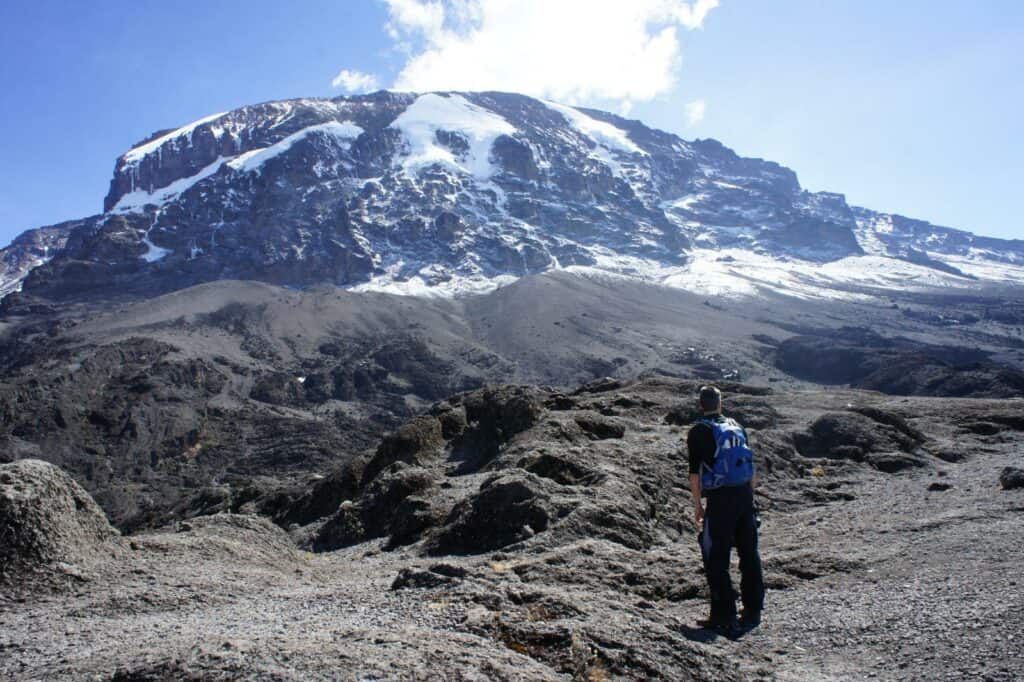
Accommodation and Food Arrangements
In this Kilimanjaro Vs Everest Base Camp Trek let’s start the comparison of other amenities beyond the difficulty factors. The tasty delicacies and the resting lodges are somewhat of the primary factors of any expedition, an adventure is not an adventure without a good rest and a filled belly. So let’s discuss what kind of meals and lodging facilities are available on the journey to these magnificent snowy natural landmarks beholding the true essence of the mystical mother Nature.
You might have read the itineraries of the Everest base camp trekking and come across the term ‘teahouse’ that is widely spread along the trail to the highest snow peak in the world. But, it is not as simple as ‘teahouse’ where the trekkers show up to have a cup of tea and rest up for the adventure the next day.
These stopovers in the course of the Everest trekking are equipped with modern services and technical facilities (especially in the lower regions) indifferent to the services of any urban region. On the matter of eatery, you will have several options to choose from, the traditional Dal, Bhat & Tarkari. Or, Western dishes: bread, eggs, cereals & porridge accompanied by warm beverages for breakfast and pasta, sandwiches, noodles, pizza, meat, and other available options for lunch and breakfast. Of course, with regular snack breaks in between to keep up the morale and energy for the next feat.
On the trekking route to Kilimanjaro, the eatery services may differ vastly depending upon your choice of trekking agency. Generally, three hot meals or boxed food at a higher altitude are provided by the trekking agencies to the guests. The general breakfast while trekking to the highest point of Africa includes beef sausage, eggs, baked beans, brownies, honey, Nutella, peanut, fruits, juice, and marmalade. Similarly, lunch is followed by healthy lunch boxes with chicken meat, boiled eggs, sandwiches, french fries, fruits, soup, and juice. And mouthwatering soup options from carrot, and coriander to pumpkin and potato leek. Fish, chicken, salad, and meatballs are the main dishes to replenish the energy lost during the day and call it a night.
And, the accommodation-lodging facilities are available in the Machame Rongai, Machame, and Lemosho routes. Most parts of the journey involve eating and camping outdoors, certainly an immersive sensation of a true explorer. Basically, when you are in the mountains, you will be sleeping in the tens. Whereas, when you are not in the mountains, the accommodation facilities will be arranged at luxurious hotels in Moshi, a top tourist destination at the base of Mt Kilimanjaro.
Major Attractions
Whether it is majestic Himalayan massifs or tropical forests and safari destinations of Tanzania, both of these beautiful regions have their own alluring specialties.
Everest region resting at the lap of the Himalayas is one of the most prominent tourist destinations in the country. The Everest Base Camp trekking has a lot to offer, from the high-Himalayas beautiful culture and civilizations to the mesmerizing views of some of the tallest mountains in the world, there are so many things you don’t want to miss. Here are some key highlights of the EBC trekking:
Everest Base Camp Highlights
- Unforgettable expedition to the foothills of the tallest snow peaked wonder in the world, Mt. Everest (8,848 m)
- Unpredicent beauty of the extreme airport, Lukla (put on your seat belts, also, do enjoy the view)
- Kala Patthar ‘Black Rock’ at an elevation of 5,545 meters from where you can see the whole view of Mt. Everest and surrounding mountains like Nuptse, Changes, and the summit of Lhotse
- EBC, at an altitude of 5,380 meters from the sea level
- The highest national park in the world, Sagarmatha National Park ranges from 6,000 meters to 8,848 meters and covers 124,400 hectares of area (UNESCO Wolrd Heritage Site)
- Beautiful civilization at the foothill of the glorious peak, Namche Bazar
- High-altitude Sherpa culture and traditions
- Monasteries (including world famous Tengboche monastery) and Gompas enriched with a rich history and great significance Khumbu and Ngozumpa glaciers, Nepal’s longest and biggest glaciers
- Gokyo Lake and Gokyo Ri
- Kongma-La, Renjo-La, and Cho-La pass, if you go for the great Everest Three Passes Trek.
- Hilary Museum and Khumbu International Libary
- Everest View Hotel at an elevation of 13,000 feet Stony farms of Khumjung and Khunde villages
- Nagartsang Hill viewpoint from where you can enjoy the 360° view of massifs like Makalau Lhotse, Ama Dablam, and Island Peaks
In contrast to the snowy magnificent attractions of the Everest region, the Kilimanjaro trekking route takes you through the untamed territories, several summit points, glaciers, unique vegetation, and of course, the world-renowned safari destinations.
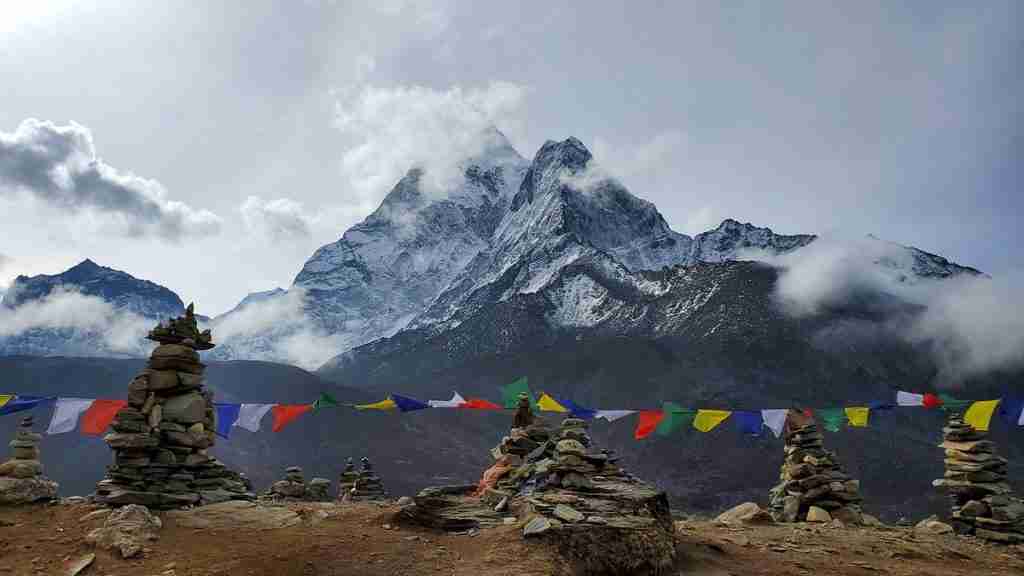
Situated on the northern side of Tanzania, this beautiful free-standing mountain is the tallest mountain in Africa. Here are some of the key highlights of the Kilimanjaro trekking that you don’t want to miss:
Kilimanjaro Trekking Highlights:
- Mount Kilimanjaro, a dormant volcano at an elevation of 5,895 meters from the sea level
- The highest point of this expedition, Uhuru Peak, which is at an elevation of 5,895 meters
- Mount Kilimanjaro National Park which covers a 650 km sq area and most popular destination for wildlife safari
- Stella-Point at an altitude of 5,756 meters from the sea level Gilman’s Point (5,756 meters elevation)
- Lava Tower, a rock formation from the time when Mt. Kilimanjaro was an active volcano
- Barranco Wall on the slopes of Mt. Kilimanjaro, 257 meters above the sea level
- The Furtwangler Glacier closer to the summit of Mt. Kilimanjaro
- Largest glacier on Mount Kilimanjaro, Credner Glacier
- 30-meters tall, Northern Ice Field
- Ndoro and Materuni Waterfalls at the base of Mt. Kilimanjaro
- Chagga Museum, featuring history and culture of the largest tribe in Tanzania
- Lake Chala
- Meru at an elevation of 4,566 meters
- Amboseli National Park spread over an area of 392 km sq. (151 sq. miles)
- Crater camp at an elevation of 5,730 meters
- Shira Plateau that extends over a 13 km distance
Trekking Expenses
In this Kilimanjaro vs Everest Base Camp trekking comparison, now it is finally time to move toward the budget part. Kilimanjaro vs Everest Base Camp which one is the most budget friendly? Typically, the Everest Base Camp trekking takes around two weeks or a few more days depending on the itinerary of the package.
The Everest Base Camp trek cost can vary from travel agency to agency depending on the services and amenities. However, the cost of conventional EBC trekking ranges from US$1445 to US$2280.
Kilimanjaro trekking, contrary to the two-week itinerary of the EBC trekking relatively costs higher. The cost of climbing to the top of Africa may vary depending on the duration of the expedition. If the number of days to the conquest increases so does the expenses of the expedition and vice-versa. The typical cost for the expedition to Mt. Kilimanjaro is around US$2,500 to US$6,000.
Thus the EBC trekking costs marginally less than the adventure on the tropical safari region of Africa. We hope that this article helped you to make up your mind about the Kilimanjaro Vs Everest Base Camp dilemma. Also, check our archives to get more ideas to plan your next conquest and helpful content or tips to make a thorough preparation.
If you are looking for a thrilling adventure at the foothills of the tallest mountain in the world, we offer a 14-day Everest Base Camp Trek. Check out the exclusive package and entailed amenities for booking your next adventure with best company for EBC Trek.
Want more information? Send us your query, and our experts will get back to you within 24 hrs.

Hi, my name is Santosh Dharel and I work as an experienced guide with Mosaic Adventure, a renowned trekking and adventure tour company in Nepal. With years of experience in this field, I have developed a deep understanding of the Nepalese Himalayas and its culture. I am highly regarded for my excellent communication skills, which enable me to make guests feel comfortable and safe during their adventure trips. My passion for adventure and love for nature are the driving forces behind my work, making me a reliable guide and a valuable asset to the Mosaic Adventure team.

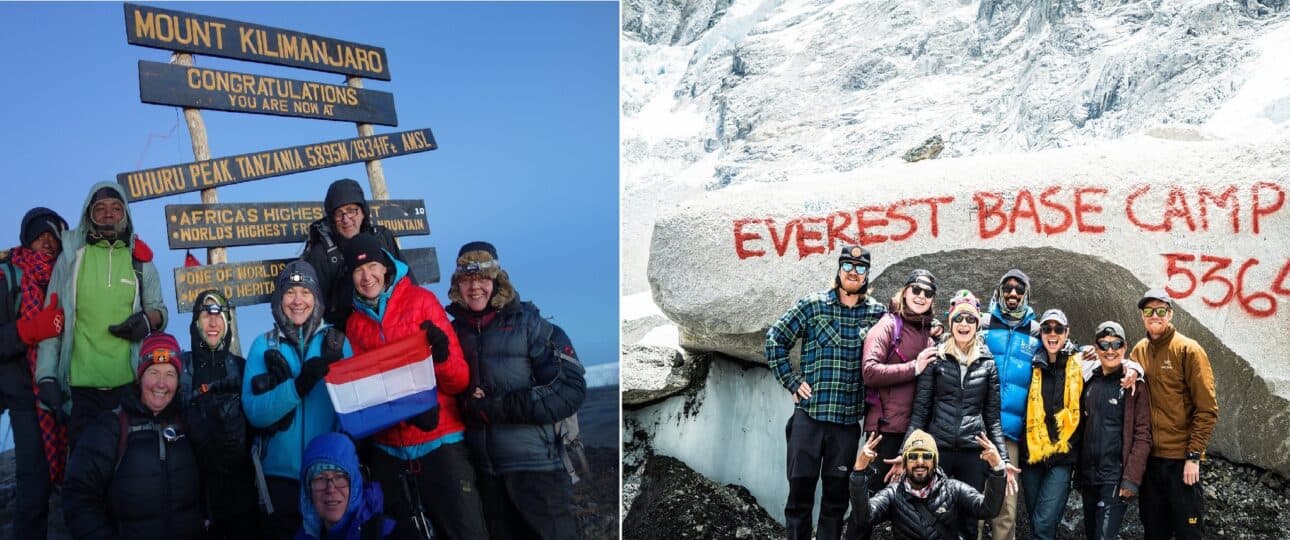
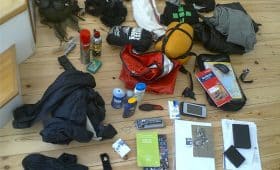
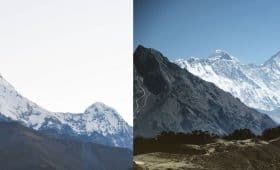
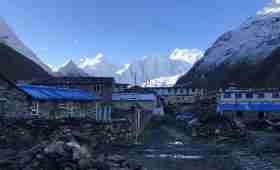
Amazing post
Thank you Kilele!